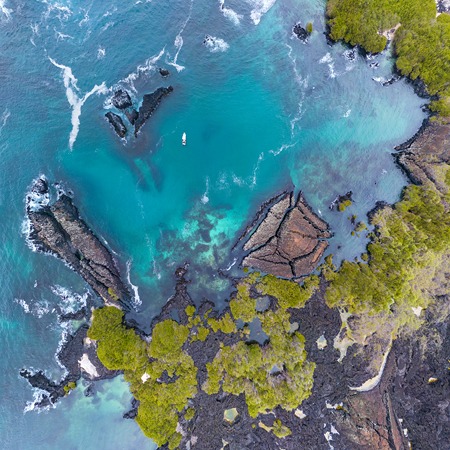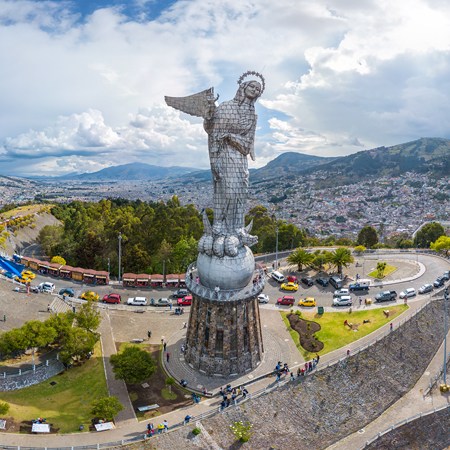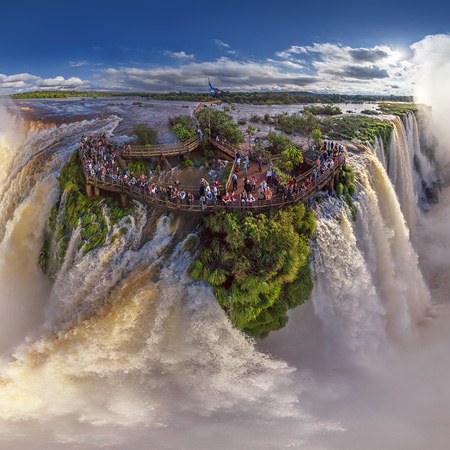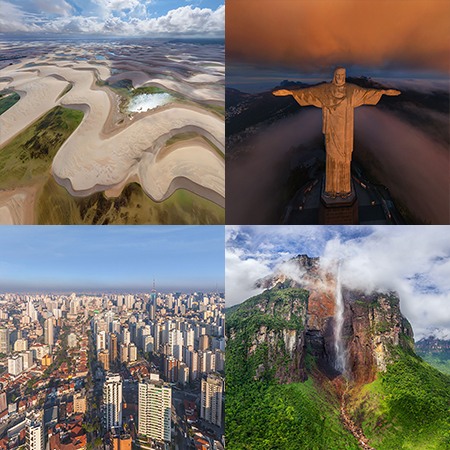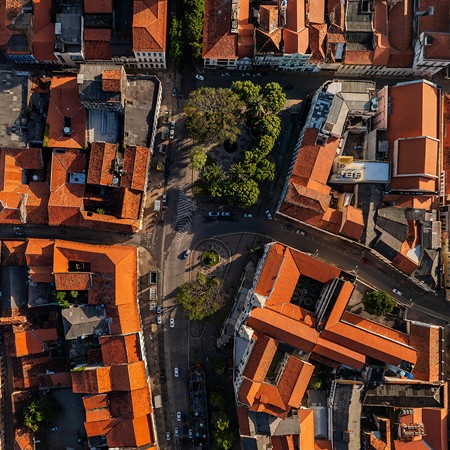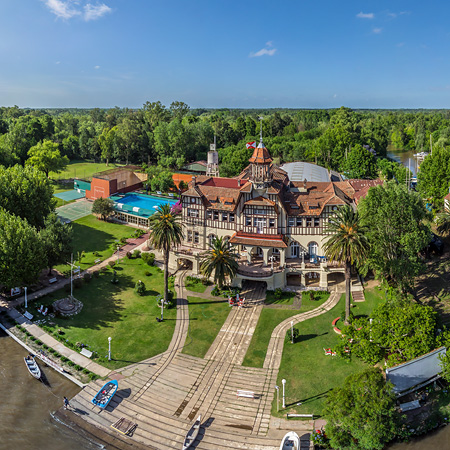Animals of Galápagos archipelago, Ecuador
The Galápagos archipelago is a part of Ecuador. It is a group of islands situated on both sides of the equator. They were discovered in the 16th by the Spanish missioner that lost his way from Panama to Peru. At that time, the islands were uninhabited. But later, after a priest told the story of an extraordinary place where unbelievable creatures lived, people started to come. Pirates were hiding their treasures here, while scientists were making discoveries.

Traces of ancient people were found here: some say they were the Incas, others consider them to be the sailors that were brought here by storm. Charles Darwin also visited this place. He discovered that some of the local species cannot be found anywhere else on our planet. For example, the Galápagos land iguana is the only lizard that can feed in water. Large species being two feet long look like Godzilla and were characterised by the British explorer as the "Horrible creatures from hell". However, he was wrong: iguanas are not dangerous to humans. They eat only seaweeds and bathe in the sunlight when they have nothing else to do.

A strange bird with bright blue legs can be found here. It is the blue-footed booby that is famous in the American tropics. The colour of their legs was adapted to the mating habits of males. Birds with dull colours don't have any chance of matting.

In total, the island is inhabited by numerous species of birds (45 of them are endemics), 42 reptiles, 15 mammals and 79 species of fish. But the most famous inhabitant of the Galápagos gives the name to the whole archipelago: "Isolas de Galápagos" that means "The Island of Tortoises". The Galápagos tortoise, also called the Elephant tortoise, is the largest living species of tortoises. Nowadays this species is a rare one, but you can see these tortoises in our new 360° AirPano video.

Our camera was placed on the ground, so the viewers can experience the Galápagos islands as if they were in this place on their own, and not from a bird-eye view like we usually do. We used Insta360 Pro to make this video. We're thankful to Insta360 for providing the camera.
Video by Alexey Tishchenko, Oleg Gaponyuk. Photos by Oleg Gaponyuk, Max Guzovsky. Video stitching by Nickolay Denisov
7 November 2018
Read more
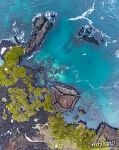 Pacific Ocean, Isabela Island
Pacific Ocean, Isabela Island
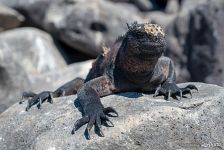 Galápagos marine iguana
Galápagos marine iguana
 Underwater world of the Galapagos Islands
Underwater world of the Galapagos Islands
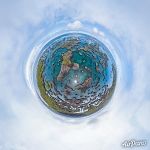 Cabo Rose, Isabela Island. Planet
Cabo Rose, Isabela Island. Planet
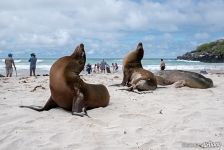 Galápagos fur seals
Galápagos fur seals
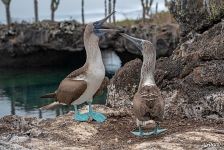 Blue-footed booby
Blue-footed booby
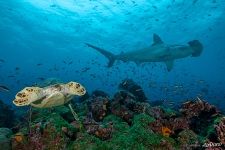 Underwater world of the Galapagos Islands
Underwater world of the Galapagos Islands
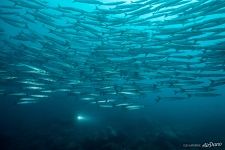 School of fish
School of fish
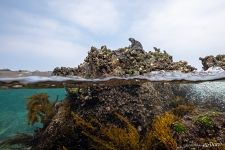 Galápagos Islands
Galápagos Islands
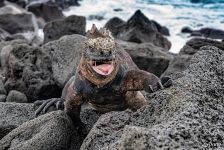 Marine iguana
Marine iguana
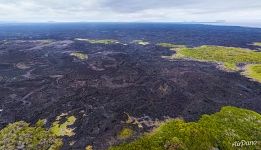 Isabela Island
Isabela Island
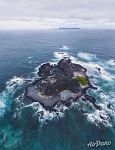 Pacific Ocean
Pacific Ocean
Virtual Travels in 360°
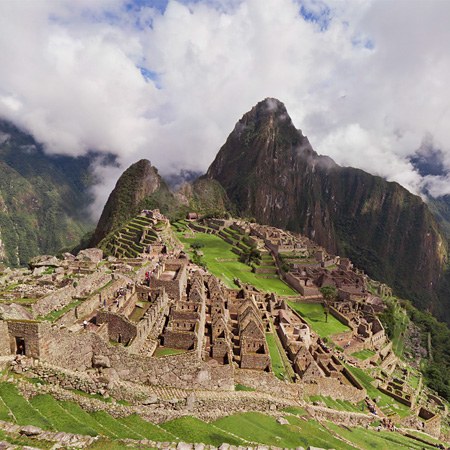 Machu Picchu — the ancient city of the Inca Empire
Machu Picchu — the ancient city of the Inca Empire
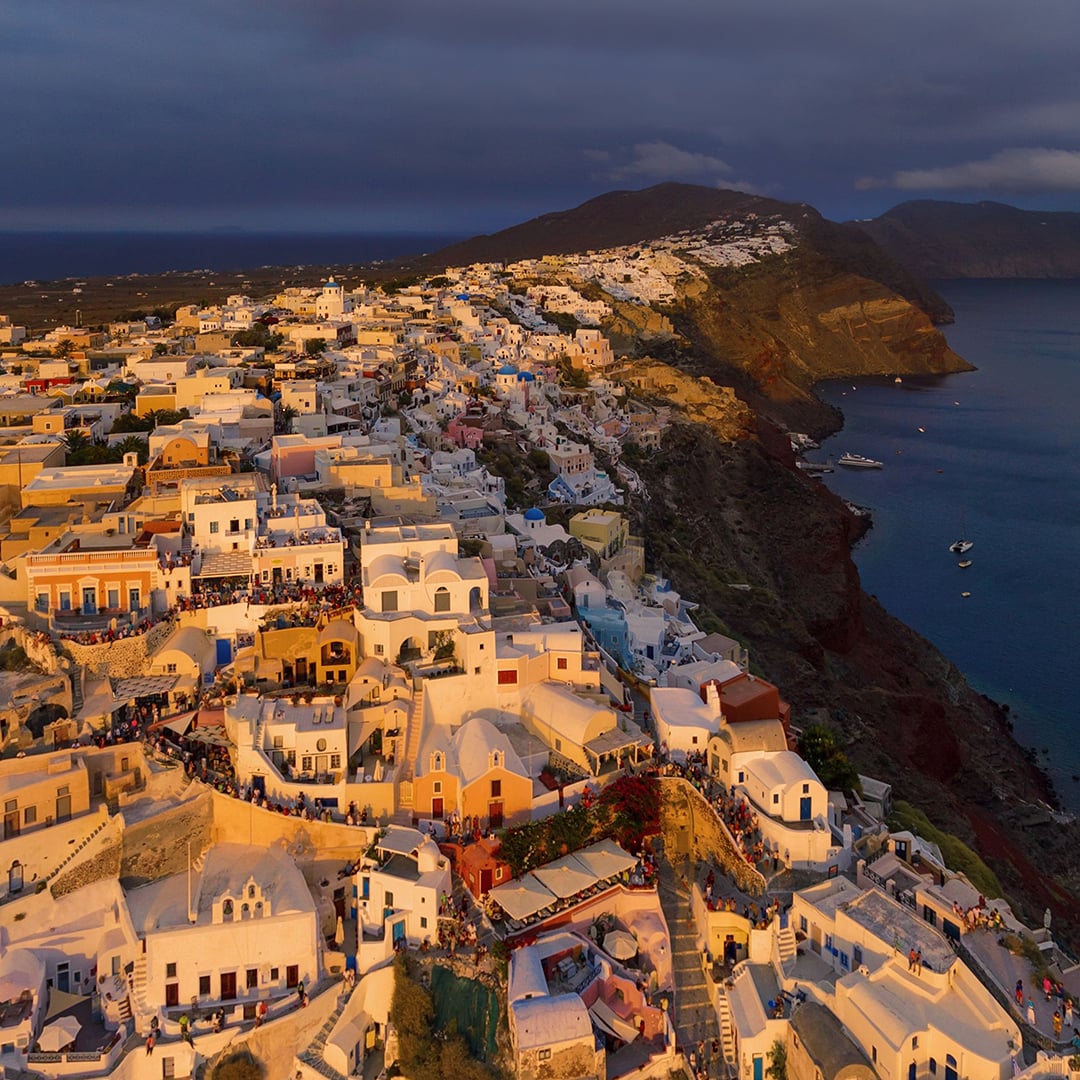 Santorini, Oia, Greece
Santorini, Oia, Greece
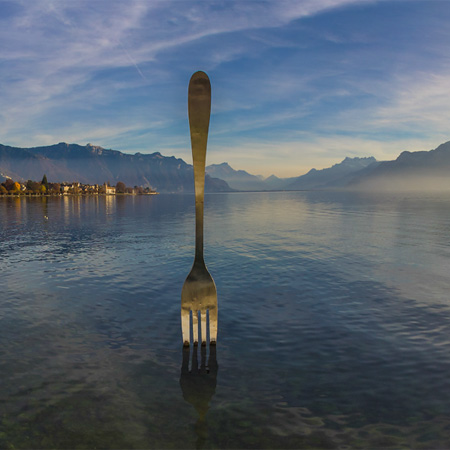 Swiss Riviera
Swiss Riviera
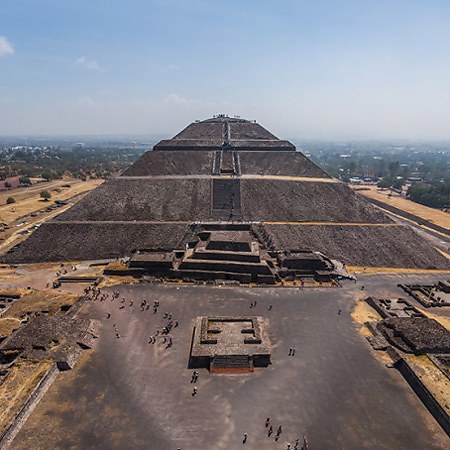 Teotihuacan, Mexico
Teotihuacan, Mexico
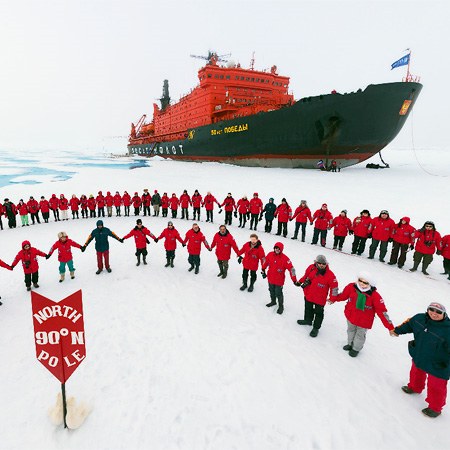 Trip to the North Pole
Trip to the North Pole
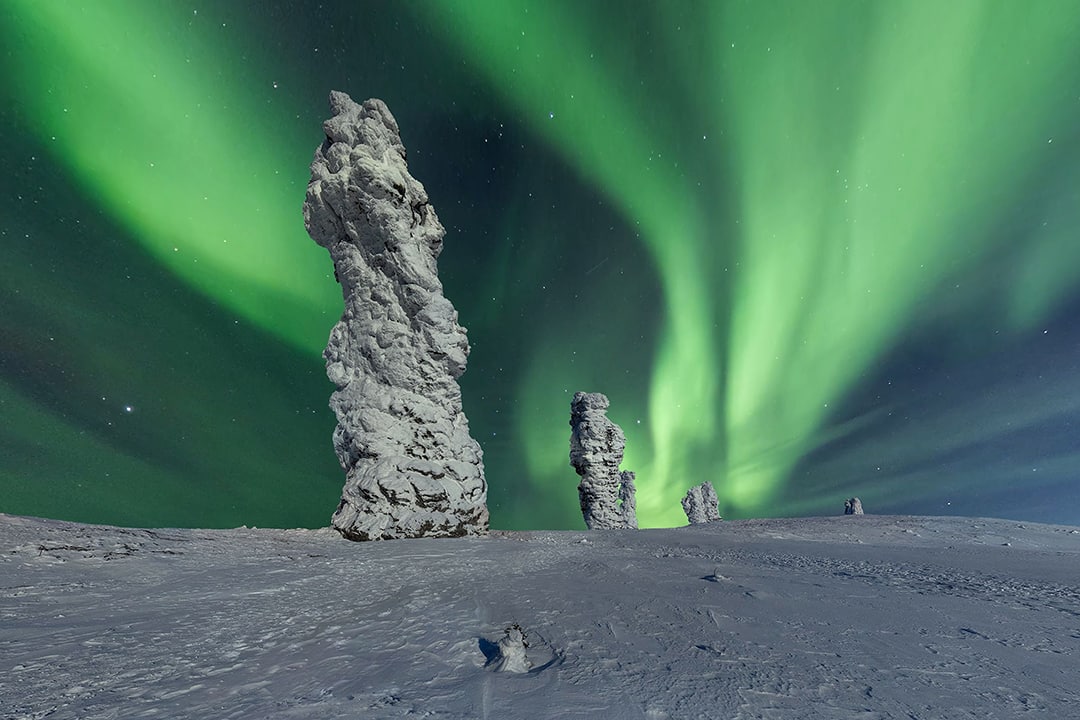 Northern Lights, Manpupuner Rock Formations
Northern Lights, Manpupuner Rock Formations
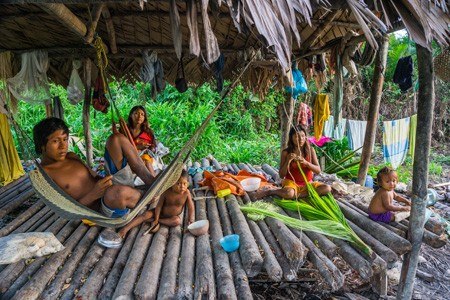 Warao Indians. Delta of the Orinoco River, Venezuela
Warao Indians. Delta of the Orinoco River, Venezuela
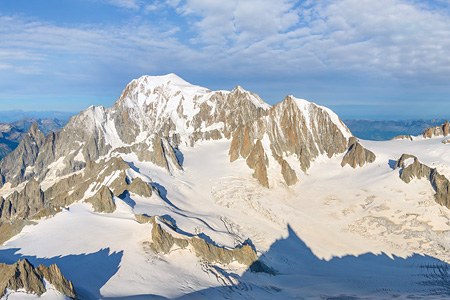 Mont Blanc, Italy-France. Part II
Mont Blanc, Italy-France. Part II
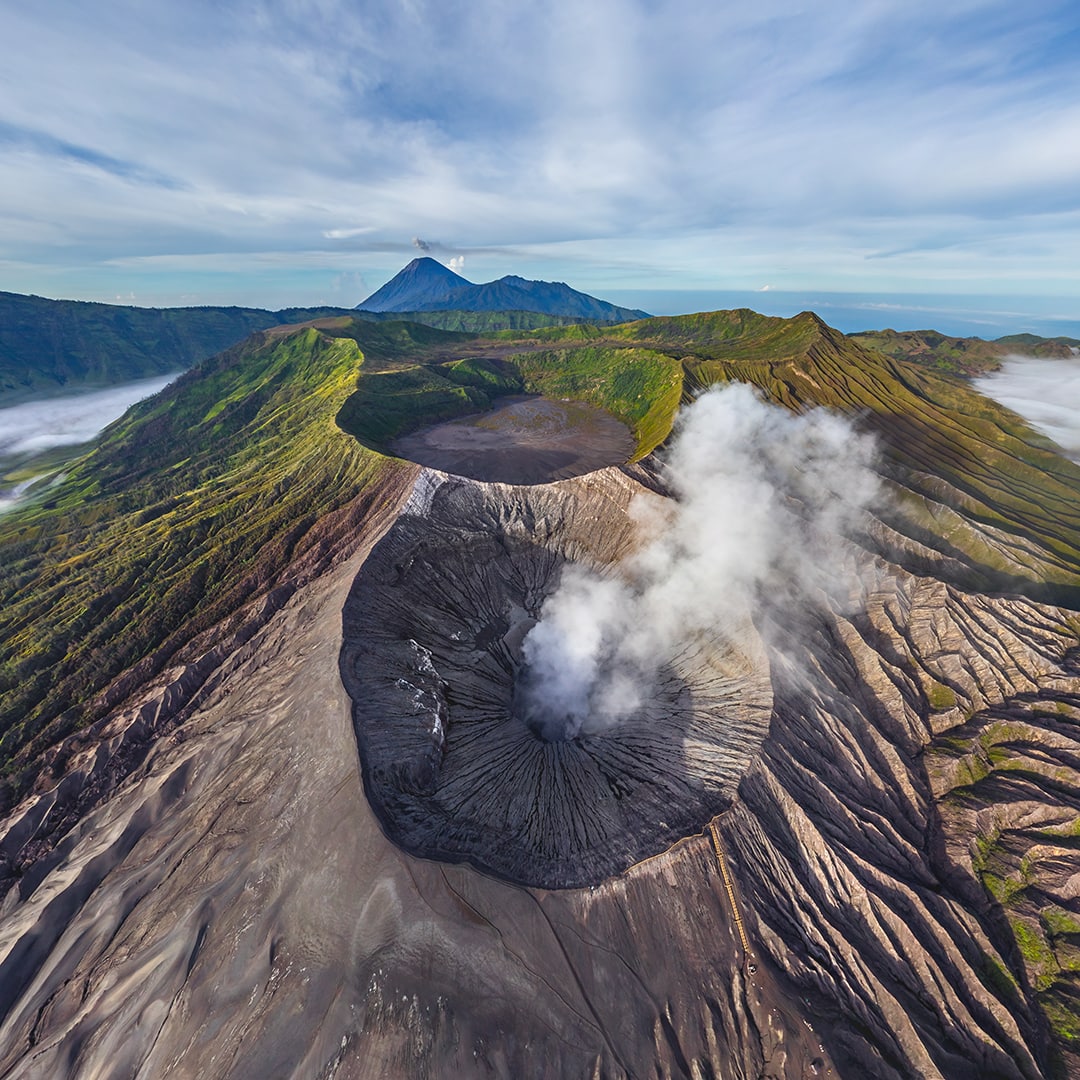 360 Virtual Tour №2. Bromo Volcano, Java Island, Indonesia
360 Virtual Tour №2. Bromo Volcano, Java Island, Indonesia
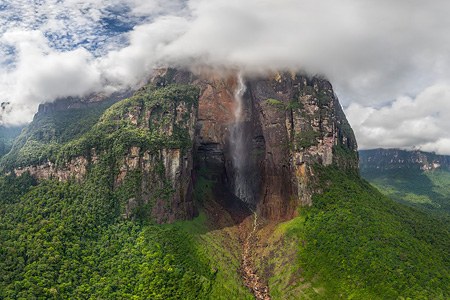 Angel Falls, Venezuela. Part I
Angel Falls, Venezuela. Part I
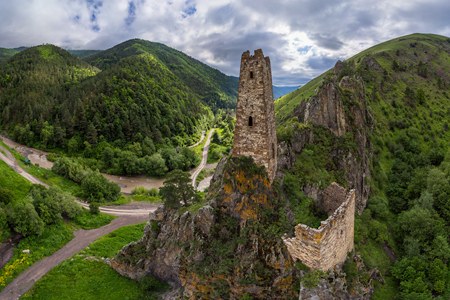 Watch Towers of Ingushetia, Russia
Watch Towers of Ingushetia, Russia
Show more




